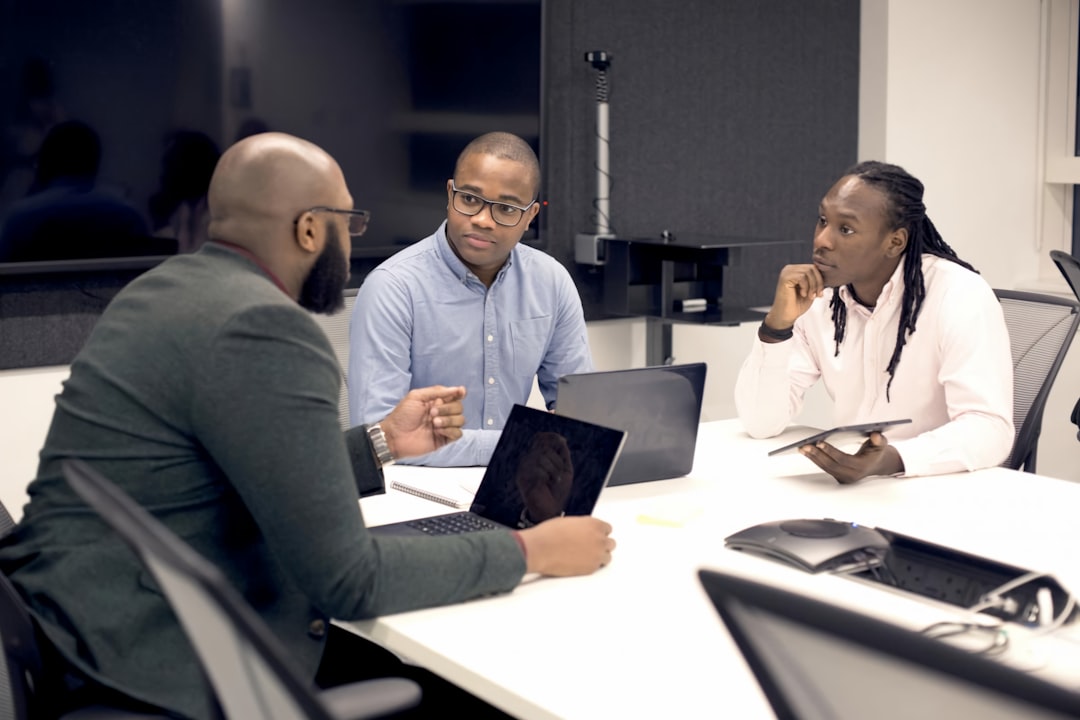No products in the cart.
Revolutionizing Collaboration: Cisco’s AI Framework
Cisco's new AI framework aims to revolutionize how teams collaborate, leveraging advanced technology to enhance efficiency and creativity.
[San Francisco], [USA] — In a world where remote work and digital collaboration have become the norm, Cisco is stepping boldly into the future. Their newly unveiled framework promises to transform workforce collaboration through the power of AI agents. Imagine a workplace where technology anticipates your needs, streamlines communication, and enhances productivity, all while making the work experience more engaging.
At the heart of this innovation lies a recognition of the challenges that modern teams face. The pandemic has reshaped how we view work; what was once a traditional office environment has morphed into a dynamic, often chaotic landscape. Cisco’s AI framework is designed to tackle these very challenges by providing tools that not only facilitate communication but also foster creativity and collaboration.

In the past, collaboration tools often felt like a patchwork quilt — useful, but not always cohesive. Cisco’s approach aims to integrate AI in such a way that it feels seamless, almost intuitive. By employing machine learning algorithms, the framework can analyze communication patterns, predict project needs, and suggest resources before they are even requested. This level of foresight could mean the difference between a project stalling and a team hitting its deadlines with ease.
But what does this mean for the workforce? For young professionals and students entering the job market, these advancements present both opportunities and challenges. On one hand, the ability to leverage AI tools can enhance their skill sets, making them more attractive to employers. On the other hand, there is a growing concern about job displacement as AI takes on more roles traditionally held by humans. The key will be adapting and learning to work alongside these intelligent systems.
By employing machine learning algorithms, the framework can analyze communication patterns, predict project needs, and suggest resources before they are even requested.
Consider the story of Jessica, a recent college graduate who landed an internship at a tech startup. During her first week, she was introduced to Cisco’s AI-driven collaboration tools. Initially overwhelmed, she quickly learned that the AI could help her prioritize tasks, suggest relevant team members for specific projects, and even draft emails based on context. “It was like having a personal assistant who knew exactly what I needed before I even asked,” she recalls. For Jessica, this was not just a productivity boost; it was a game-changer. She could focus on the creative aspects of her role rather than getting bogged down in logistics.
As companies like Cisco lead the way in this digital transformation, it’s crucial for educational institutions to adapt their curricula accordingly. Programs that teach not only technical skills but also soft skills like adaptability, critical thinking, and emotional intelligence will prepare students for a workforce increasingly reliant on AI. The future of work will not just be about understanding technology but also about leveraging it in ways that enhance human interaction.
However, the integration of AI in the workplace is not without its critics. Some experts argue that while AI can streamline processes, it also risks creating a culture of over-reliance. If teams become too dependent on technology, they may lose the nuanced communication skills that are vital for effective collaboration. This concern highlights the importance of maintaining a balance — harnessing the power of AI while ensuring that interpersonal skills remain at the forefront of workplace culture.
Moreover, the ethical implications of AI in the workplace cannot be ignored. Questions about data privacy, the potential for bias in AI algorithms, and the overall impact on employee well-being are paramount. As companies deploy these technologies, they must also commit to transparency and accountability, ensuring that their tools are designed with the user’s best interests in mind.
Looking ahead, the role of AI in collaboration is set to expand. Cisco’s framework is just one example of how technology can be harnessed to enhance the workplace experience. As more organizations adopt similar systems, we may see a shift in how teams operate, with AI acting as a partner rather than a replacement.
If teams become too dependent on technology, they may lose the nuanced communication skills that are vital for effective collaboration.
For young professionals, this evolution is an invitation to embrace lifelong learning. Adapting to new technologies and understanding how to leverage them effectively will be crucial in standing out in a crowded job market. The future may be uncertain, but one thing is clear: those who can navigate the intersection of technology and human interaction will thrive.
As we stand on the brink of this new era of collaboration, the message is clear — embrace the change, learn the tools, and let AI augment your creative prowess. The future of work is not about competing with machines; it’s about working alongside them to unlock new potentials.











